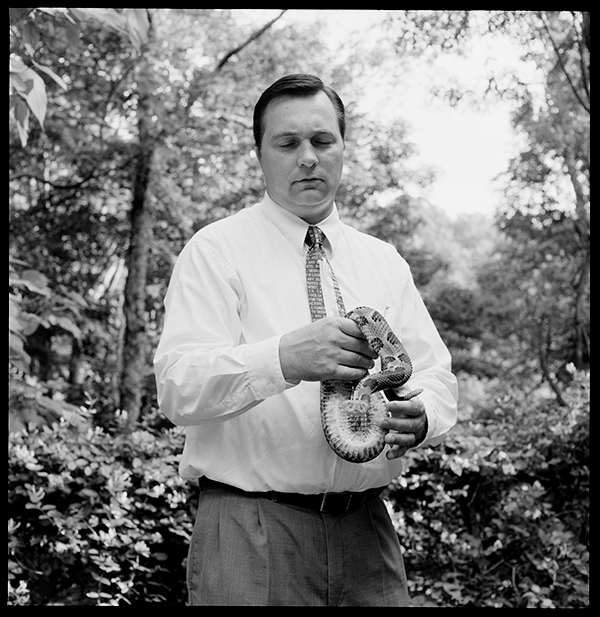 I can thank Instagram and cell phone photography for leading me to the beautiful analog work of Hunter Barnes. I saw an image of Barnes' book, A Testimony of Serpent Handling, in someone's feed, Googled the photographer, and landed smack dab in the middle of this intimate and quiet work. I reached out to Barnes and asked if he'd be interested in collaborating on something for Looking at Appalachia and he agreed.
I can thank Instagram and cell phone photography for leading me to the beautiful analog work of Hunter Barnes. I saw an image of Barnes' book, A Testimony of Serpent Handling, in someone's feed, Googled the photographer, and landed smack dab in the middle of this intimate and quiet work. I reached out to Barnes and asked if he'd be interested in collaborating on something for Looking at Appalachia and he agreed.
Barnes' project statement echoes many of the thoughts and emotions I've been unable to express in my own writing. Coupled with the photographs, I sensed an honesty that's hard to prop up for any length of time without being authentic. My hour-long conversation with him reinforced my initial sentiment; he's genuine.
From the project statement: "Where there is love and unity there is power. Feeling this is what has drawn me to document this in true belief. Within their church a clear path knowing ultimate freedom and victory over all things. Light felt so pure that shines beyond all. At a pivotal point in a new time proclaiming the word that has not changed. As to live what they know is undoubtedly right and not to tempt in disbelief. An old way for so many is passing, as lived strong for those who choose this way. Walking all verses and chapters of the King James Version to save a soul and enter the pearly gates. In these West Virginia mountains live and breathe the anointing, within the people who do not stray. Children of God who rise above in the ways of old. A family of faith who so graciously invited me in. Said to me of handling serpents, like all true love, the journey is one better felt than told."
A little over two years ago, Barnes ran a successful Kickstarter campaign to raise funds for his book about the serpent-handling churches and faith community around Jolo, West Virginia. Barnes speaks fondly of his time in McDowell County, referring to the work as a family album, something he made with them. Pastor Mack "Randy" Wolford and Pastor Harvey Payne of the Jolo Church and his extended family set Barnes up with a camper, going so far as running a water hose and extension cords to it to make him more comfortable during his stay. (Wolford passed away from a rattlesnake bite in May 2012.)
What we see in these photographs, in these moments, is access to intimacy. Barnes noted that the only real thing Wolford expected in return was accuracy. He wanted to spread the word about his faith, but he wanted it done accurately. By all accounts, Barnes has done just that. As a native West Virginian, I'm often skeptical of anyone - either insider or outsider - who wants to photograph this practice. I even question my own motivations. What can I show that hasn't already been shown? I've yet to work that out in my practice, but Barnes has managed to celebrate this act of faith and obedience in a manner that is quiet, honest, and intensely beautiful.
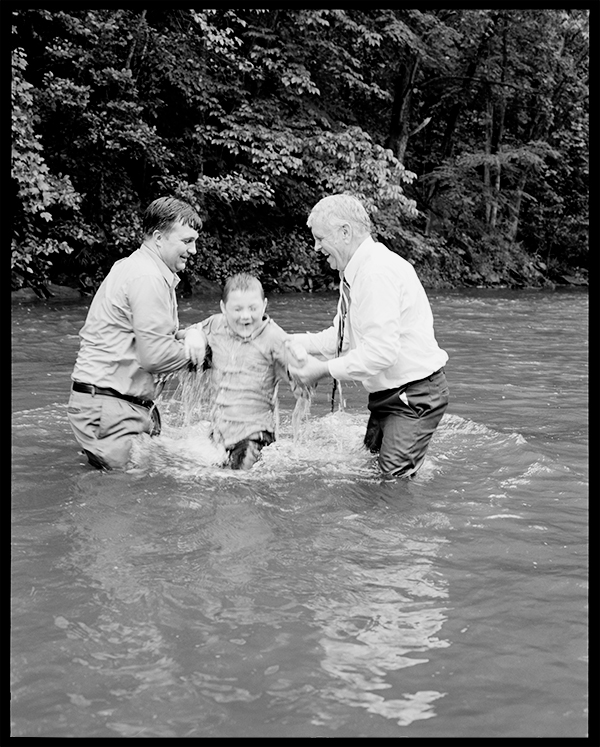

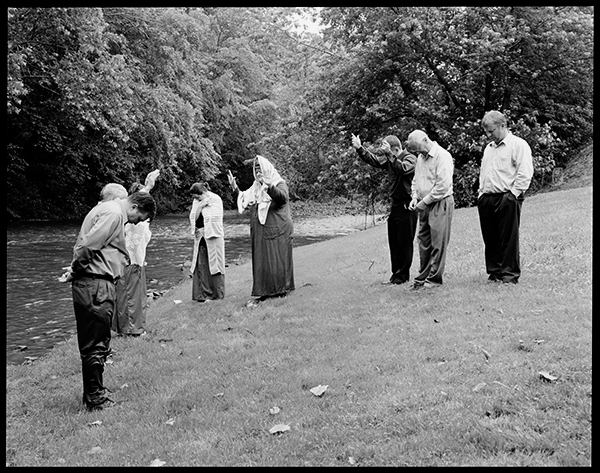
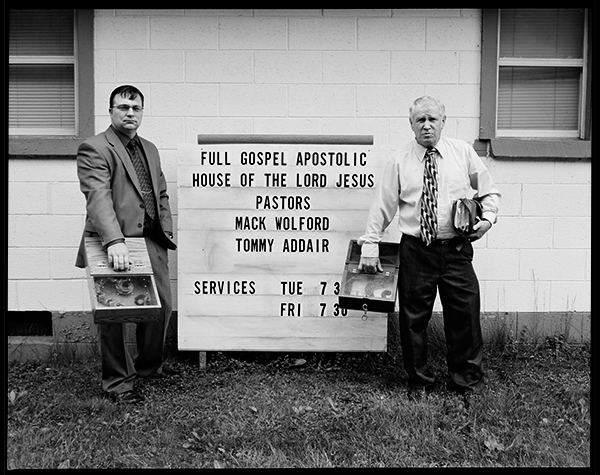
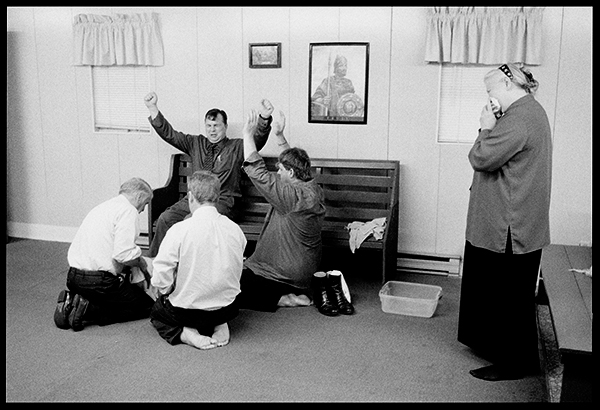
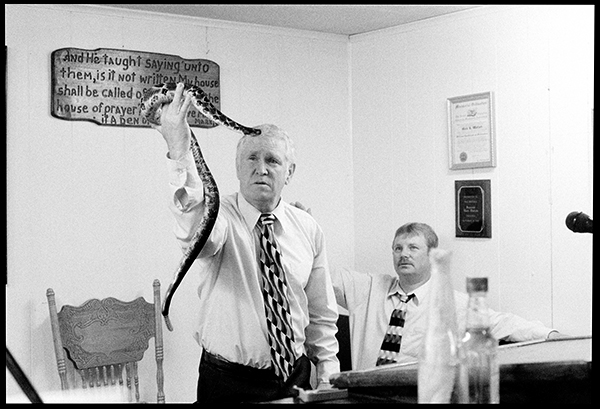
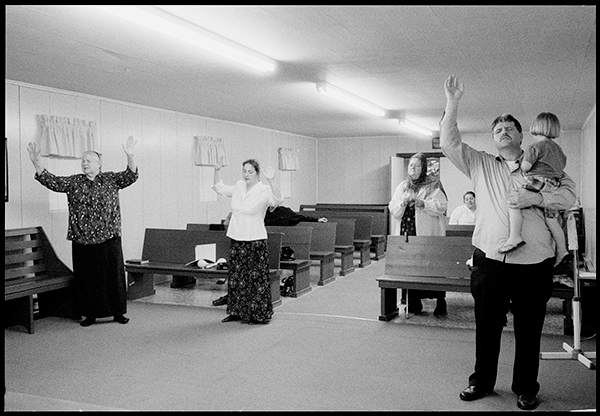
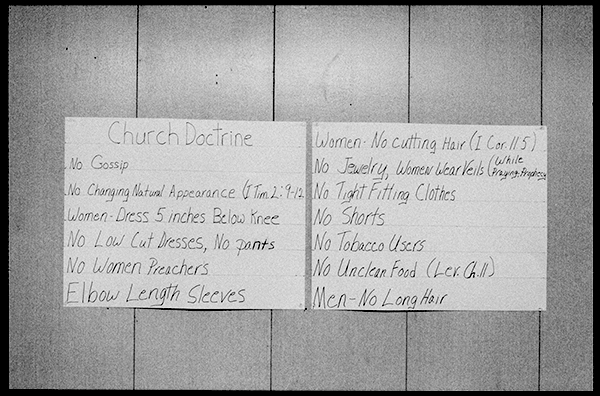
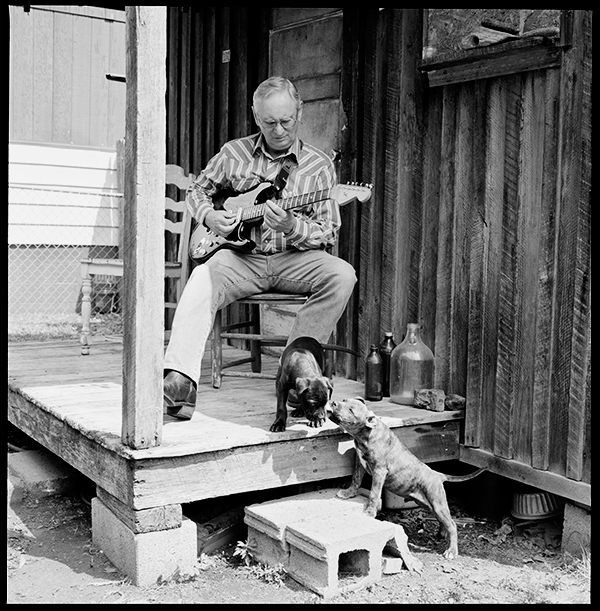


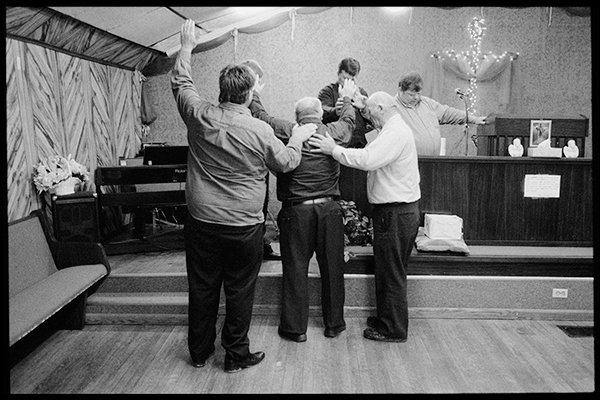

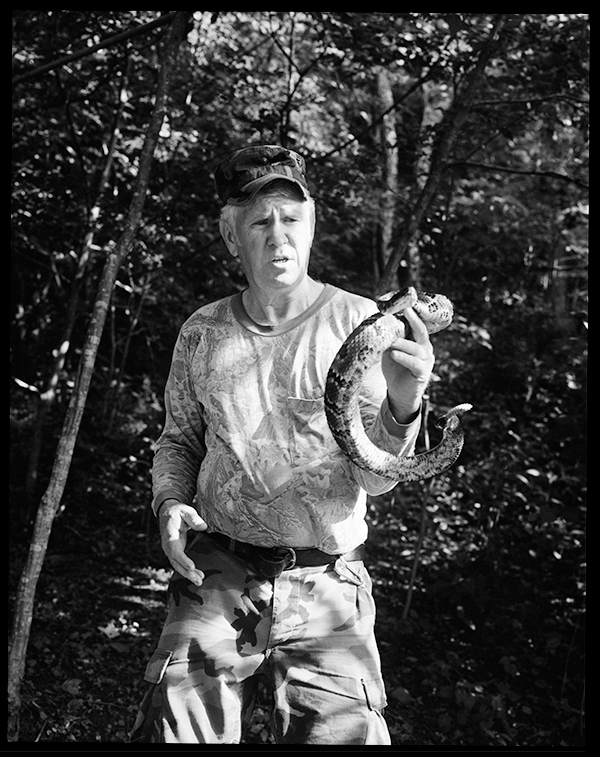
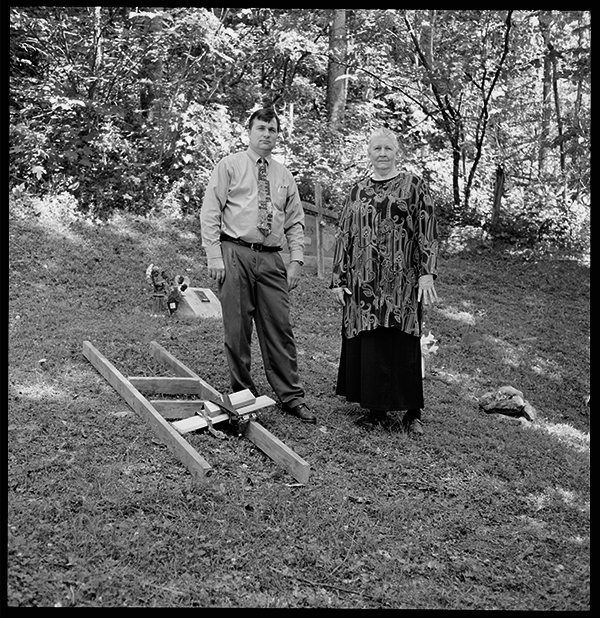

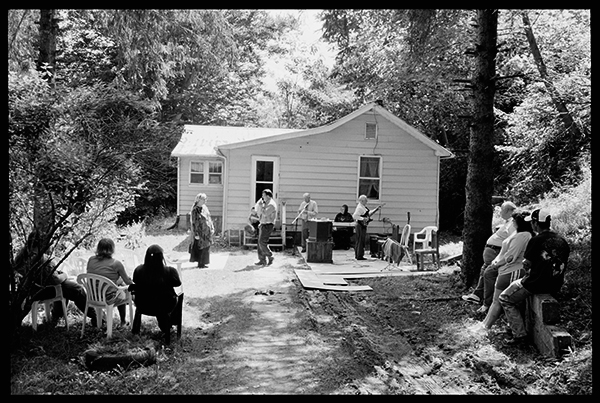
All photographs © Hunter Barnes.
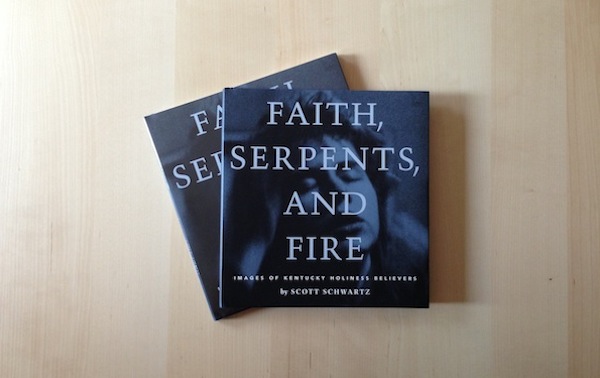 CONGRATULATIONS TO OUR WINNER – CAROLYN PARKER!
CONGRATULATIONS TO OUR WINNER – CAROLYN PARKER!


